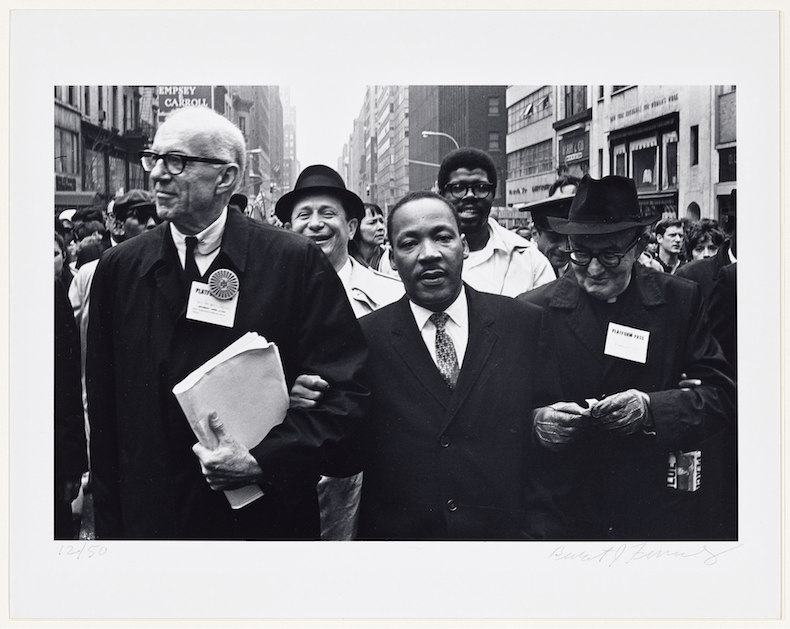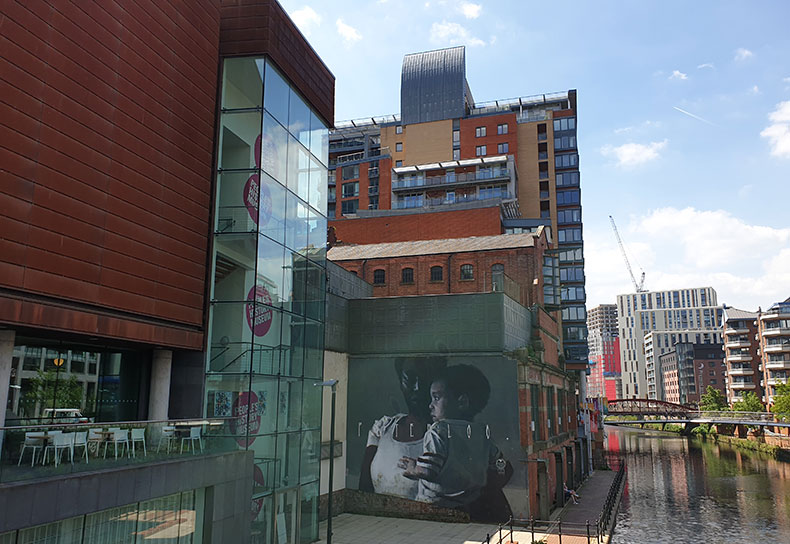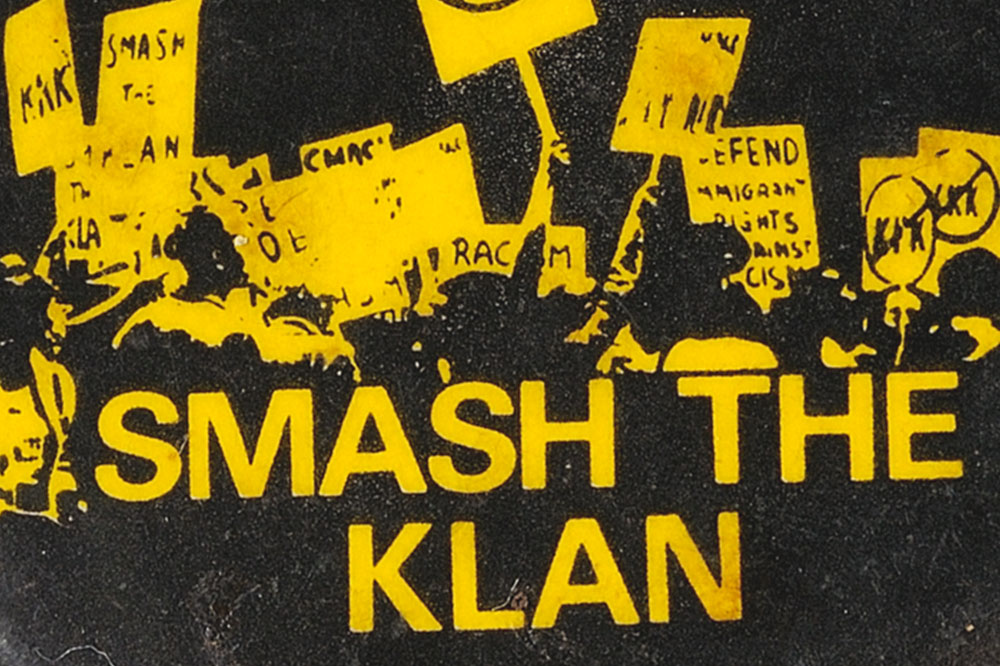 ‘Four things to see this week’ is sponsored by Bloomberg Connects, the free arts and culture app. Bloomberg Connects lets you access museums, galleries and cultural spaces around the world on demand. Download the app here to access digital guides and explore a variety of content.
‘Four things to see this week’ is sponsored by Bloomberg Connects, the free arts and culture app. Bloomberg Connects lets you access museums, galleries and cultural spaces around the world on demand. Download the app here to access digital guides and explore a variety of content.
Each week we bring you four of the most interesting objects from the world’s museums, galleries and art institutions, hand-picked to mark significant moments in the calendar.
When Rosa Parks refused to give up her seat on a bus in Alabama on 1 December 1955, it is unlikely she could have predicted that this simple act of refusal would still be celebrated almost 70 years later. Her arrest sparked a 381-day boycott of the Montgomery bus system, led by Martin Luther King Jr. and culminating in a Supreme Court ruling of 1956 that outlawed segregation on public transportation in the United States.
Parks’s act was just one moment in the Civil Rights Movement that transformed American society in the 1950s and ’60s, and which remains an example for communities facing discrimination today. Here we take a look at four things that speak to the history of civil resistance across the world.
Dr. Benjamin Spock, Dr. Martin Luther King, Jr., and Monsignor Rice of Pittsburgh march in the Solidarity Day Parade at the United Nations Building (1967), Benedict J. Fernandez. Photo: Photographs and Prints Division, Schomburg Center for Research in Black Culture, The New York Public Library

1. Dr. Benjamin Spock, Dr. Martin Luther King, Jr., and Monsignor Rice of Pittsburgh march in the Solidarity Day Parade at the United Nations Building (1967)
New York Public Library
Photographer Benedict J. Fernandez gave the evocative title of Countdown to Eternity to the portfolio of photographs that documented what was to be the last year of Martin Luther King’s life. In these candid shots King can be seen giving his famous speeches, speaking with supporters of the civil rights cause and attending marches and rallies such as the 1967 Solidarity Day Parade shown here. Click here to find out more on the Bloomberg Connects app.
Smash the Klan button (1960–2000). Canadian Museum of History, Gatineau

2. Smash the Klan button (1960–2000)
Canadian Museum of History, Gatineau
Known for their brutal lynchings and pointed white hoods, the Ku Klux Klan was one of the most feared racist organisations that came out of the Reconstruction era (1863–77) in the United States. While the Civil Rights Movement eventually led to a desegregated society and the end of Jim Crow laws in the 1960s, the Klan continued to stir up hatred across the United States and Canada well into the 1980s. This badge from the Canadian Museum of History shows the resistance of groups such as Riverdale Action Committee Against Racism which used community-based organising to drive the Klan out of their neighbourhoods. Click here to read more.
Peterloo (2018), Axel Void. People’s History Museum, Manchester

3. Peterloo (2018), Axel Void
People’s History Museum, Manchester
This mural at the People’s History Museum in Manchester commemorates the 200th anniversary of the Peterloo massacre of 1819. The artist, Axel Void, depicts a Mancunian woman, Lydia, with her two-year-old son Ezra. Lydia’s father was a victim of the Windrush scandal; as such, Void links the injustices of the past to those of the present. Click here to read more.
Banjo (1770–77). Tropenmuseum, Amsterdam. Photo: Lourens Smak © 2012

4. Banjo (1770–77)
Tropenmuseum, Amsterdam
This banjo was made by an enslaved person in the Dutch colony of Suriname and is the oldest known instrument of its kind that comes from the Americas. It is thought to be adapted from older styles of African wind instruments which, along with drums, were banned in the colonies. Both its playing and its existence can be seen as an act of resistance. Click here to read more.
Download now
![]() ‘Four things to see this week’ is sponsored by Bloomberg Connects, the free arts and culture app. Bloomberg Connects lets you access museums, galleries and cultural spaces around the world on demand. Download the app here to access digital guides and explore a variety of content or scan the QR code.
‘Four things to see this week’ is sponsored by Bloomberg Connects, the free arts and culture app. Bloomberg Connects lets you access museums, galleries and cultural spaces around the world on demand. Download the app here to access digital guides and explore a variety of content or scan the QR code.



